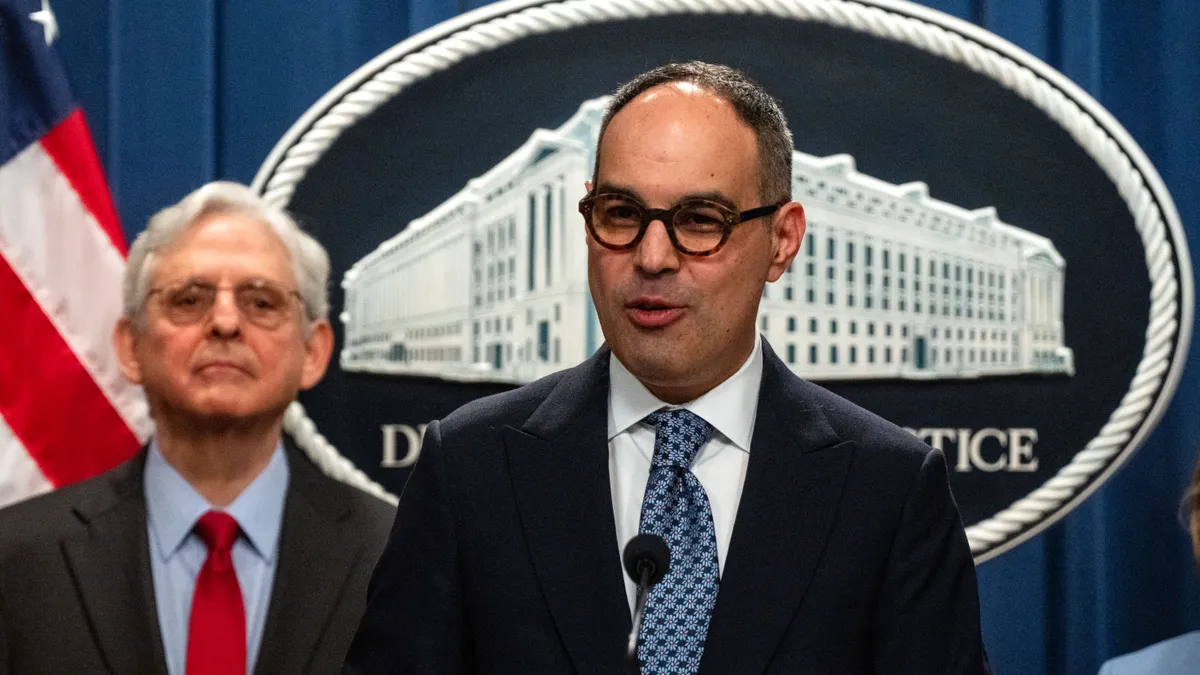Dive Brief:
- Second-quarter transaction volume for the Federal Reserve’s young FedNow real-time payments system jumped 63% over the first quarter, to 2.1 million payments, the central bank said Wednesday. Meanwhile, second-quarter volume at the older private rival RTP network, operated by The Clearing House, rose 8% to 107 million payments, compared to the first quarter, according to its release on Thursday.
- Still, The Clearing House, owned by some of the world’s biggest banks, accounts for the lion’s share of real-time payments in the U.S., capturing 98% of the second-quarter activity. That private system processed $481 billion in payments during the second quarter, nearly tripling the amount it handled in the first quarter, according to its release.
- By contrast, the nascent FedNow system processed $245.8 billion in transactions for the second quarter, according to its statistics.
Dive Insight:
Payments systems worldwide have been moving to embrace real-time networks. The competing FedNow and RTP systems, like others around the globe, have the ability to move transactions in seconds, as opposed to days on less technologically advanced networks.
Given that FedNow launched just two years ago in July 2023, it stands to reason that it’s experiencing higher growth than the older rival RTP, which began in 2017. But professionals who follow the industry have still wondered out loud about slow progress for FedNow.
“Volume growth is ‘middling’ for FedNow,” Chicago payments industry consultant Peter Tapling said by email last week in commenting on the second-quarter results. “From these low volume numbers, we’d like to see them doubling (or more) volume quarter over quarter.”
A decade ago, the central bank and financial institutions had brainstormed together about bringing real-time payments to the U.S. Eventually, the banks moved on their own to launch RTP at The Clearing House, followed by the central bank deciding later to start a rival system.
The Fed made the FedNow move when it became clear that smaller financial institutions were somewhat reluctant to join the real-time payments system operated by their larger competitors, including JPMorgan Chase, Bank of America, Capital One Financial and Barclays.
In any case, there is some evidence that the launch of FedNow has spurred more activity on both systems.
So far, FedNow has attracted participation from about 1,400 of the approximately 8,800 banks and credit unions in the U.S., according to the Fed’s latest release. It also reported that the value of FedNow’s average daily volume more than quintupled to $2.7 billion.
While The Clearing House didn’t provide an average daily volume value, it reported the average value of a payment passed over RTP surged during the quarter to about $4,000 for June, up from $842 in January. The value of the average payment on the FedNow network was much higher at $115,332 for the quarter.
That average payment size for FedNow struck Tapling as high, leading him to conclude that a significant share of the Fed’s system is in handling corporate transactions. Both FedNow and RTP have been gradually increasing the limit size for the payments they are willing to handle.












